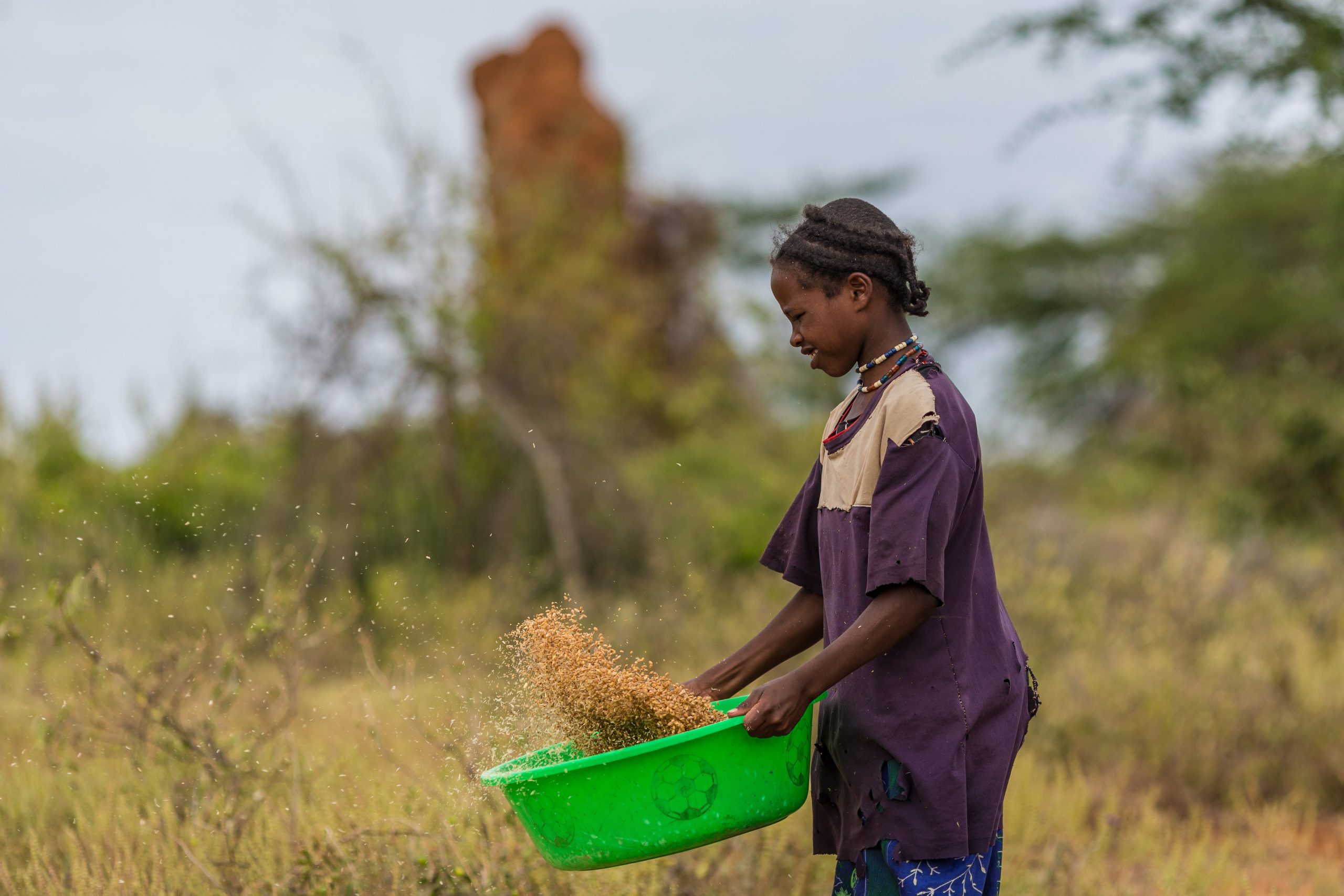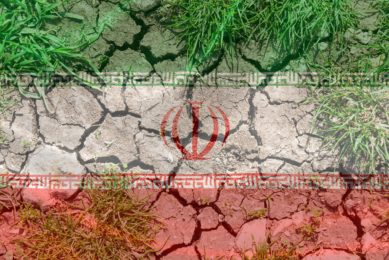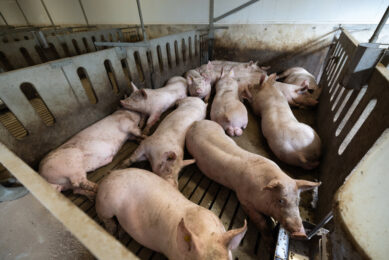Drought tolerant crops needed to help Africa

The food crisis in East Africa continues. One of the reasons why the situation is so critical is drought and climate change. Producing more drought resistant plants are part of the solution.
20 million people, including millions of children, across South Sudan, Somalia, Kenya and Ethiopia are in urgent need of food as the East Africa food crisis worsens. The main 3 reasons for it are (source: nu.nl):
- Drought / climate change (in parts of Africa it hasn’t rained for years, El Niño is a big contributor to this). Result: failed harvests and dying livestock
- Conflicts (e.g. the civil war in South Sudan, terrorist group Boko Haram in North Nigeria). Result: people left, leaving their food crops behind
- Corruption (the South Sudanese president Kiir is earning money from oil, but the earnings are used to keep this regime)
Regarding the first point, many research institutes all over the world are making progress to produce crops tolerant to severe drought. A great example is an international consortium of researchers led by Wageningen University & Research in the Netherlands. This group of researchers have sequenced the genome of the ‘resurrection plant’ Xerophyta viscosa (published in the scientific journal Nature Plans).
Coping with foreseen global climate changes
In their paper, the team reveals a genetic ‘footprint’ of the amazing ability of this plant to tolerate severe drought for long periods of time. The team hopes their results will contribute to a faster development of food crops that are resilient enough to cope with foreseen global climate changes. The consortium, comprising researchers from South-Africa, the USA, Australia and the Netherlands, chose to study the ‘resurrection plant’ Xerophyta viscosa, a plant native to southern Africa, because of its amazing capability to survive complete drying.
Crops that can survive drought
Henk Hilhorst of Wageningen University & Research and leader of this research: “Food crops that can survive extreme drought are, and will be, of increasing importance. Climate change causes longer and extremer periods of drought, while at the same time the growing world population demands a dramatic increase of food production. Resurrecting species like Xerophyta viscosa may serve as ideal models for the ultimate design of crops with enhanced drought tolerance.”













